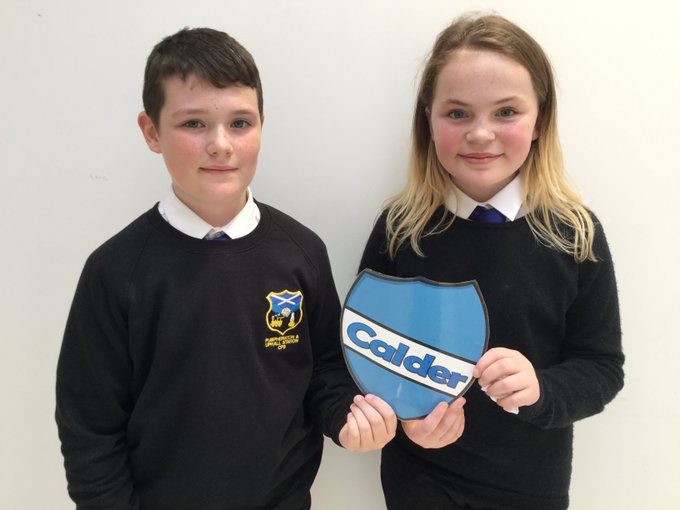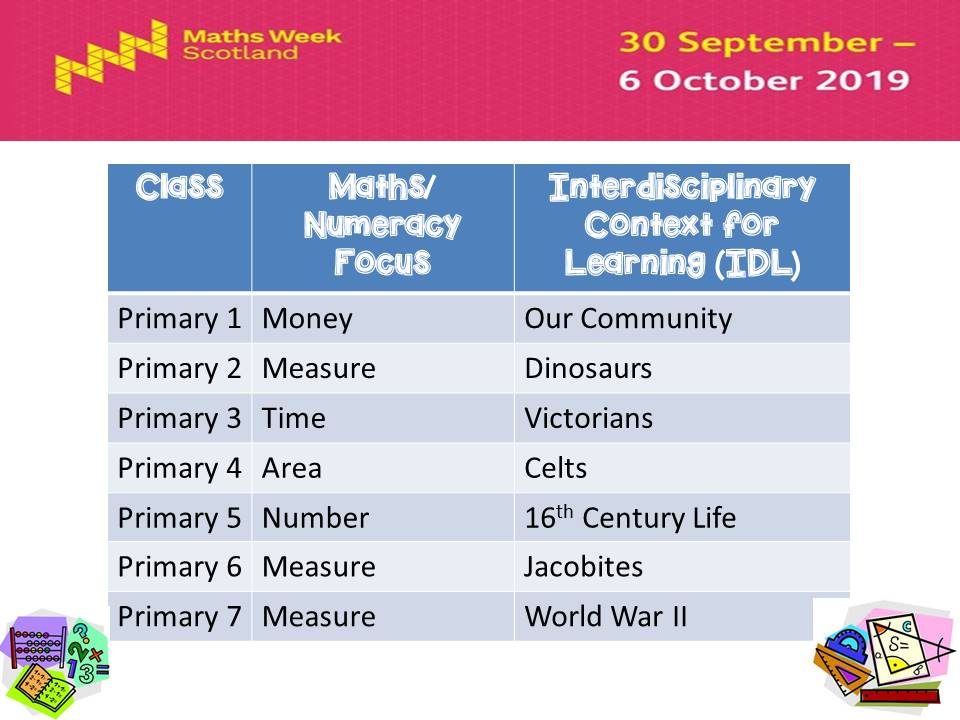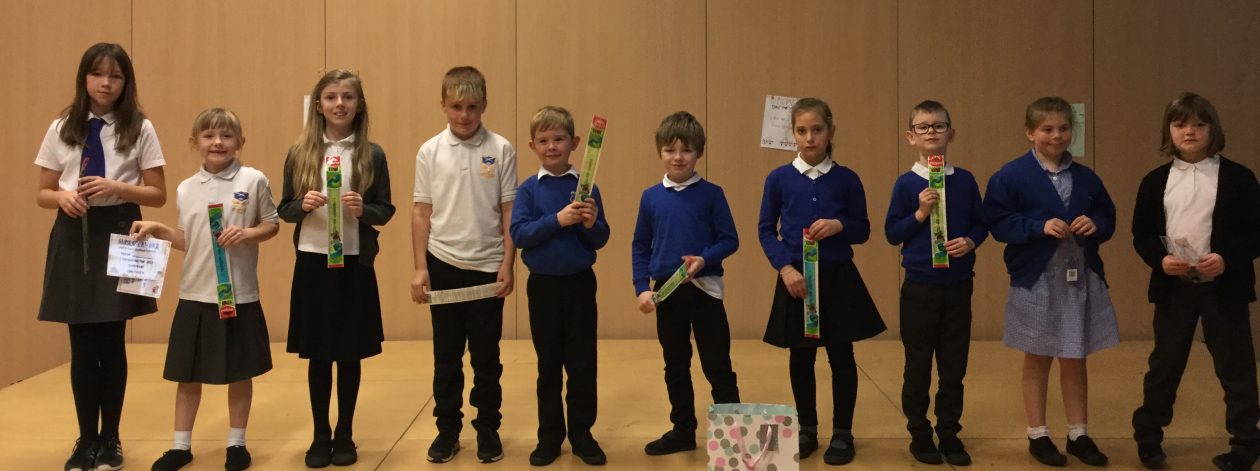This week at club wild we looked into maths in nature as part of Maths Week Scotland. We thought about how we see maths in our daily lives and explored mathematical patterns in nature.
First we looked at bilateral symmetry and thought of the plants and animals that we could split into two matching halves. Leaves, beautiful butterflies and even us.
Passing round the inside of an old wasp’ s nest we could see an amazing hexagonal pattern the same as the honeycomb of bees. Mathematicians believe that bees and wasps use the hexagonal shape to utilise space. Other shapes like circles would leave a space.
Another amazing mathematical pattern we found in the heads of the sunflowers in the school garden. If you count the spirals you will always find a Fibonacci number where the number is equal to the two previous numbers (0, 1,1,2,3,5,8,13,21,34,55, and so on). We liked learning the mathematical words for things we see all the time.
Maths patterns are all around us from the branching of trees, waves, cracking muds, spirals of pine cones and snail shells, petals and seed heads, the number of spots on ladybird and identical halves of butterflies. Next time when you are out and about have a look and see what patterns you can see.
Club Wild, Mrs B & Sarah-Jane

























